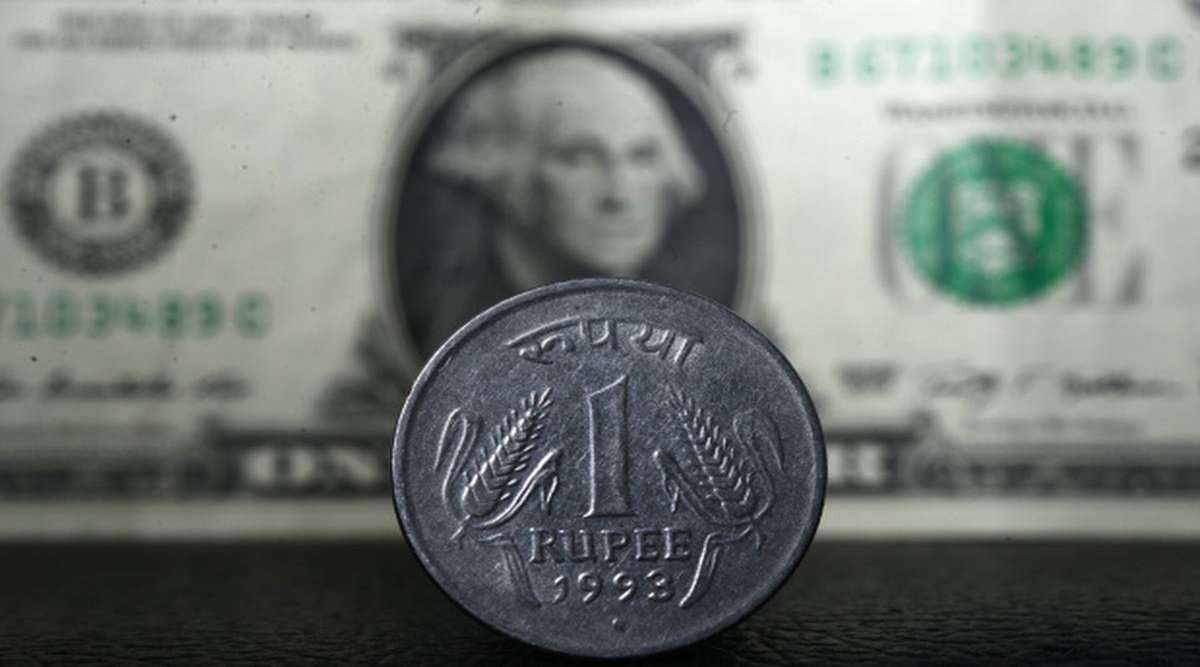Indian rupee, which on August 29 hit a new record low versus the dollar, is expected to strengthen during the following ten years. The Indian rupee has dropped to a historic low of 80 per dollar this year, continuing a long-term trend of devaluation versus the U.S. dollar. It may still weaken further in the near term, said, Adam Hoyes, an assistant economist at Capital Economics.
“However, there are reasons to believe that the rupee would reverse course and rise against the dollar on a consistent basis within the next ten years. The rupee is expected to rebound back to its previous levels because of respectable productivity growth, an improvement in India’s terms of trade, and a shrinking inflation difference. As the U.S. dollar continues to rise, Capital Economics anticipates that the depreciation trend will continue in the near future.
“But as we’ve already stated, we believe the Reserve Bank has the ability and motivation to keep intervening to stop a sharp depreciation. We believe that the beginning of a wider trend of rupee appreciation could occur once the cyclical factors pushing a stronger dollar start to subside, according to the economic research firm. Additionally, the house predicts that inflation in India would be lower than inflation in the U.S. suggesting that the rupee will appreciate nominally against the dollar.” Capital Economics said.
“The rupee has historically appreciated steadily versus the U.S. currency. The difference in inflation rates between India and the U.S. in the 2000s was little enough to allow for the nominal value of the real exchange rate to increase as well. According to Capital Economics, the rupee strengthened from about 50 per dollar in 2002 to around 40 per dollar by 2007.”
Additionally, a predicted secular decline in energy commodity prices, such as those for coal and oil, in the upcoming decades will significantly improve India’s terms of trade and offset a smaller productivity gap.

